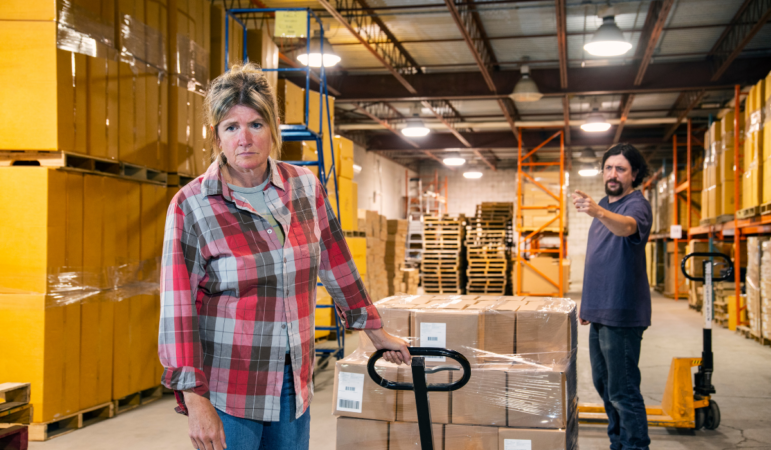By Christi Malthouse
AFL fans were caught off-guard recently when news broke that Dustin Martin was taking indefinite leave from the Richmond Football Club to deal with personal issues.
The two-time Brownlow medallist has had a tough six months dealing with a severe injury and the passing of his father. It’s no wonder he needed space and time to heal.
While surprised, the commentary surrounding Dusty’s decision to take personal leave has been positive, supportive, and encouraging, particularly from his employer. Which means that there has been growth, awareness, and acceptance in society towards mental health and the importance of psychological safety.
What is psychological safety?
Harvard Business School professor, Amy Edmondson defines the term psychological safety as “a shared belief that the team is safe for interpersonal risk-taking.”
Meaning, psychological safety allows for moderate risk-taking, speaking your mind, and creativity, according to Head of Industry at Google, Paul Santagata, who reveals that psychological safety was the one thing that the highest-performing teams had in common in a two-year study on team performance.
“There’s no team without trust,” he says, highlighting the importance of the belief that you won’t be punished when you make a mistake.
Why is psychological safety in the workplace so important?
Research conducted by Readiness and Swinburne University last year found that only 48% of business leaders reported being aware of their obligations under the Work Health and Safety Act to provide a psychologically safe workplace.
With 1 in 5 Australians taking time off in the last 12-months due to feeling stressed, anxious, depressed or mentally unhealthy, it seems staggering that more isn’t being done within the workplace to provide a psychologically safe environment.
How can you improve psychological safety within your workplace?
For a start, a positive culture that nurtures psychological wellbeing has everyone playing a role to build and sustain it.
Santagata used these six steps to improve psychological safety at Google:
- Look for the win-win. Aim for a mutually desirable outcome to a conflict by becoming a collaborator as opposed to an enemy.Ask team members for their thoughts and expertise and listen carefully to their responses.
- Speak the same language. In any negotiation remind yourself that the other person is intrinsically the same as you, in that they too desire respect. Recognition of mutual needs promotes trust and positive behaviour.
- 3. Be prepared. Think about your discussion beforehand, from a third-party point of view, to prepare for reactions and counterarguments.“Thinking through in advance how your audience will react to your messaging helps ensure your content will be heard, versus your audience hearing an attack on their identity or ego,” says Santagata.
- Drop the blame game. If someone senses that they are being blamed for something they’ll immediately become defensive. Try stating the problem as a fact and ask for their opinion on why it could be happening, how to fix it, and how you can help.
- Put the shoe on the other foot. Ask for feedback on how you handled the situation to improve any future negotiations, and to model accountability and learning. Owning vulnerability shows a willingness to improve.
- Check in. By monitoring team wellbeing you can stay ahead of any factors that may impact the psychological safety of your workforce. Discussions and surveys (like the Readiness surveys) are an easy way of regularly checking in on how your employees are feeling about their safety and wellbeing.
In footy terms, a team can’t win unless everyone is playing their role, putting in effort and trusting their teammates. It’s the same in any workplace, where a sense of psychological safety contributes to higher levels of engagement, increased motivation, and better performance.
Make a positive, supportive, and safe culture your top priority, and start kicking goals!
For help creating psychological safety in your workplace, contact us today.
Sources:

